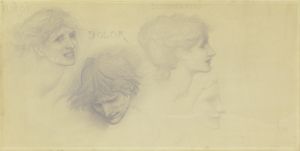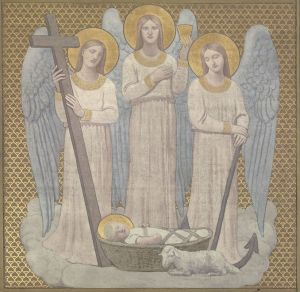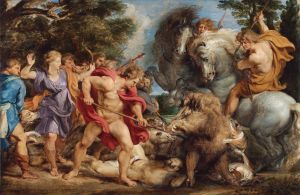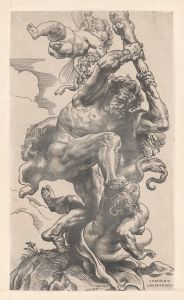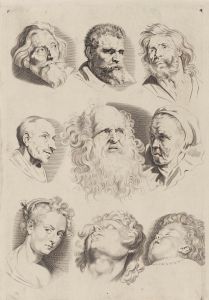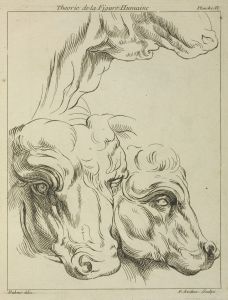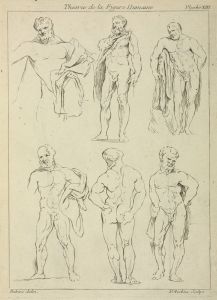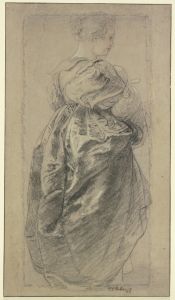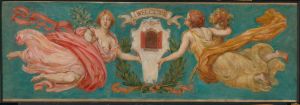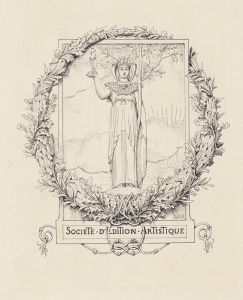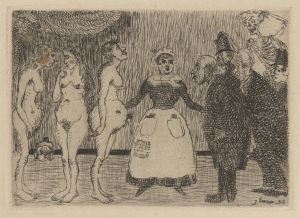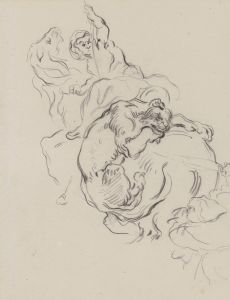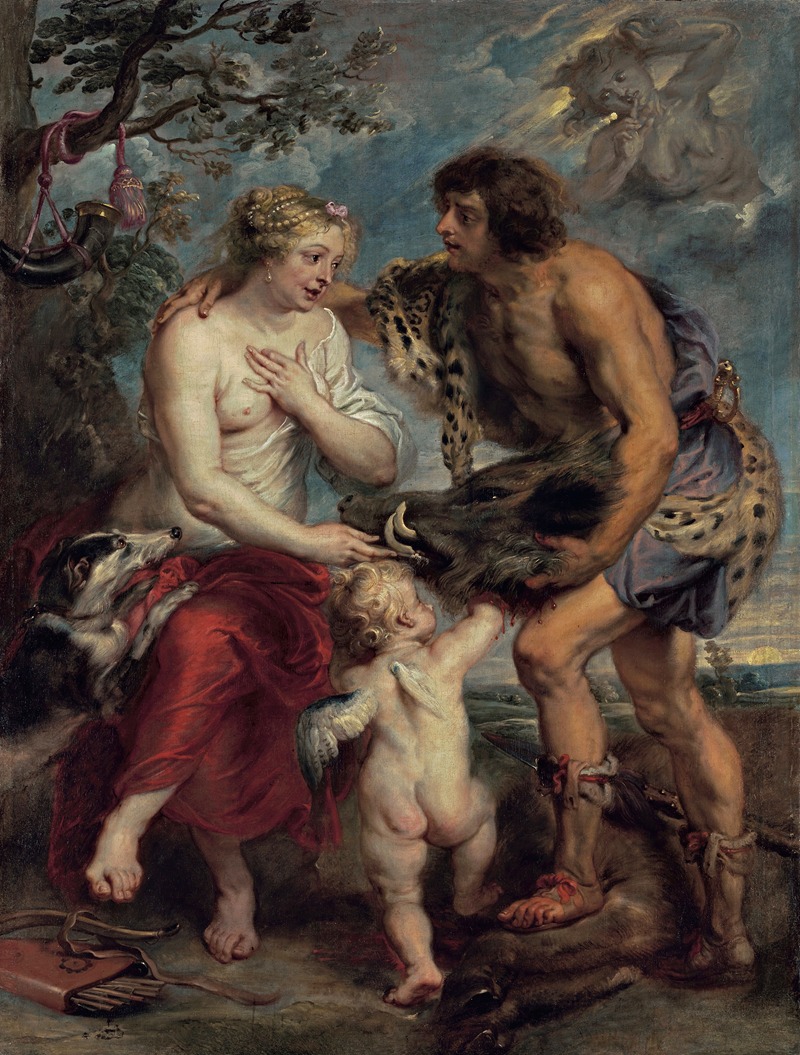
Meleager and Atalante
A hand-painted replica of Peter Paul Rubens’s masterpiece Meleager and Atalante, meticulously crafted by professional artists to capture the true essence of the original. Each piece is created with museum-quality canvas and rare mineral pigments, carefully painted by experienced artists with delicate brushstrokes and rich, layered colors to perfectly recreate the texture of the original artwork. Unlike machine-printed reproductions, this hand-painted version brings the painting to life, infused with the artist’s emotions and skill in every stroke. Whether for personal collection or home decoration, it instantly elevates the artistic atmosphere of any space.
Peter Paul Rubens, a prominent Flemish Baroque painter, is renowned for his dynamic compositions and vibrant use of color. Among his extensive body of work is the painting "Meleager and Atalante," which exemplifies his mastery in depicting mythological subjects. This artwork draws inspiration from the classical myth of Meleager and Atalanta, figures from Greek mythology known for their involvement in the Calydonian Boar Hunt.
The mythological narrative centers around Meleager, a hero, and Atalanta, a skilled huntress. According to the myth, the goddess Artemis sent a monstrous boar to ravage the land of Calydon as punishment for being neglected in sacrifices. Meleager, the son of the king of Calydon, organized a hunt to kill the boar, inviting many heroes, including Atalanta. Despite being a woman in a male-dominated activity, Atalanta was the first to wound the boar, earning her a significant place in the myth.
Rubens' depiction of this mythological event captures the intensity and drama of the hunt. His composition likely includes the dynamic figures of Meleager and Atalanta, possibly in the midst of the hunt or in a moment of triumph over the boar. Rubens was known for his ability to convey movement and emotion, which would be evident in the postures and expressions of the characters.
The painting would also reflect Rubens' characteristic use of color and light, creating a vivid and engaging scene. His technique often involved rich, warm tones and a strong contrast between light and shadow, enhancing the drama of the narrative. Rubens' attention to detail and his ability to portray the human form with anatomical precision would contribute to the lifelike quality of the figures.
Rubens was heavily influenced by the Italian Renaissance, particularly the works of artists such as Michelangelo and Titian, which is evident in his robust figures and dynamic compositions. His time in Italy exposed him to classical art and literature, which informed his approach to mythological subjects.
"Meleager and Atalante" would be consistent with Rubens' broader oeuvre, which frequently explored themes from classical mythology, history, and religion. His works often served as allegories or moral lessons, reflecting the intellectual and cultural currents of the Baroque period.
While specific details about the painting "Meleager and Atalante" by Rubens, such as its current location or dimensions, are not provided here, it is clear that the work would exemplify his skill in bringing mythological tales to life through art. Rubens' ability to blend narrative, emotion, and technical prowess ensures that his works remain celebrated and studied for their contribution to the Baroque movement and their enduring impact on Western art.





